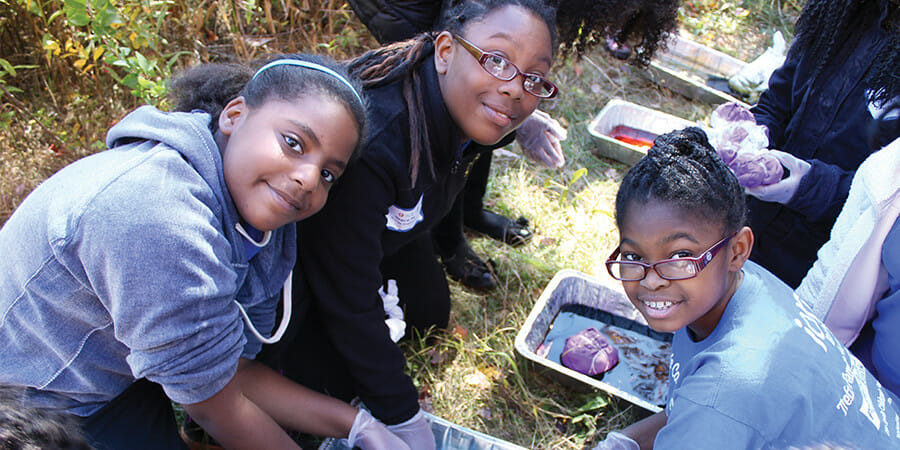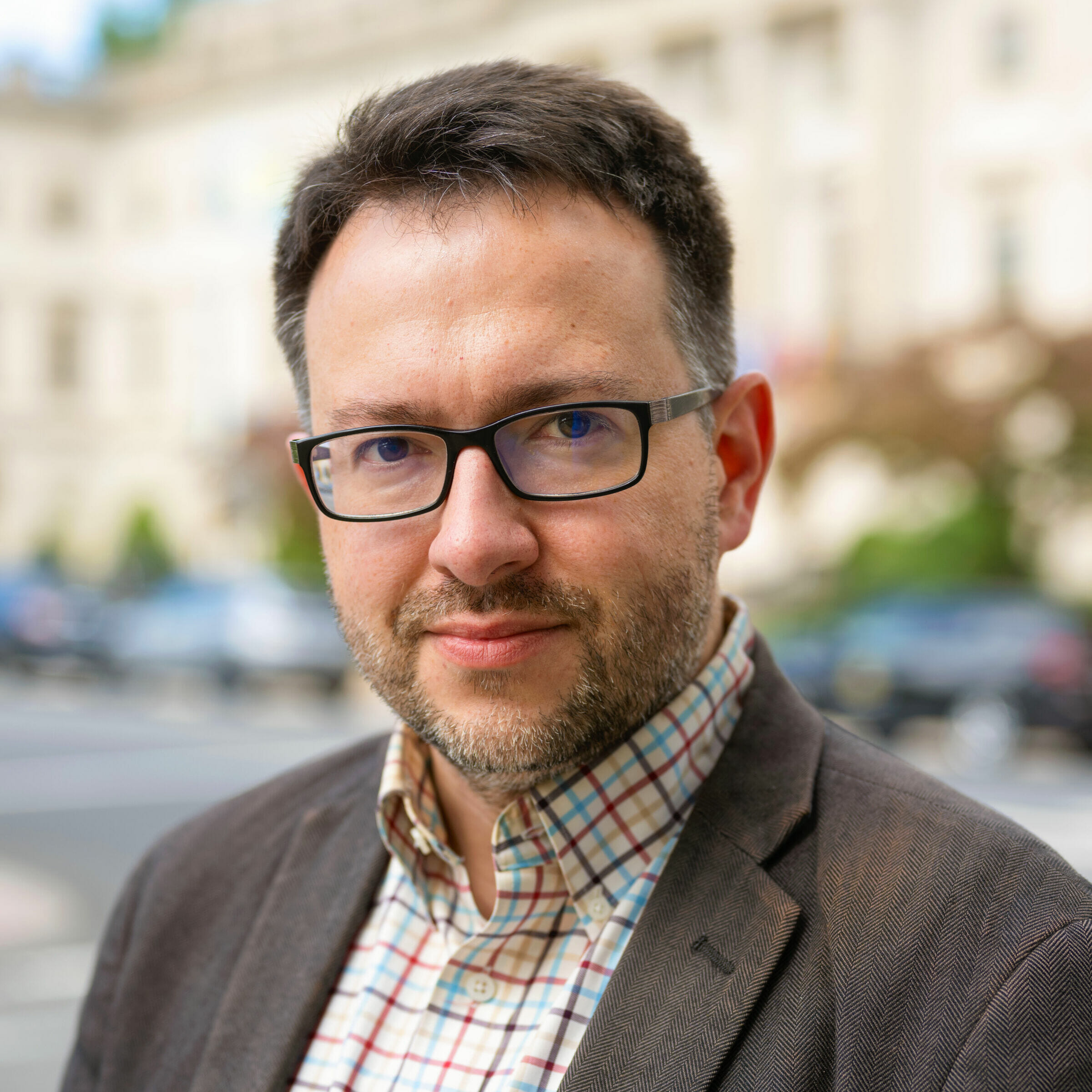Arts and Culture

Arts and culture play important roles in education, economic development, and general quality of life. Research shows a correlation between arts-based learning and enhanced student achievement, noting how the arts stimulate learning and improve overall academic performance. The arts are also an important part of Connecticut’s economy and, more importantly, can serve as a bridge between cultures. We recognize that there is inequity in access to and utilization of the arts. As a result, our arts and culture funding prioritizes efforts that address disparity and increase access to culturally responsive art experiences.
The average Arts and Culture grant amount is between $5,000 and $15,000.
Our approach focuses on:
- Increasing access to quality creative arts programs, with a focus on addressing existing disparities.
- Nourishing community arts efforts and refreshing expectations for larger legacy institutions, exploring how traditional entities can serve and partner with diverse communities in non-traditional ways.
Efforts we support include:
- Participatory arts programs in various media (visual, theater, music, dance, writing, etc.) that create inclusive and supportive conditions for individuals of diverse backgrounds, ages, genders and cultures, and provide ways of making deeper connections to community life.
- Opportunities to create/showcase work and collaborate with others. This may also include integration of arts and community-building activities, or outreach to and inclusion of traditionally underrepresented audiences.
- Work to support/develop artists and efforts to build a supportive and thriving arts sector, welcoming to both current and new/non-traditional artists.
- Support for artists and organizations in forging creative efforts to uplift residents and inspire community & economic development.





